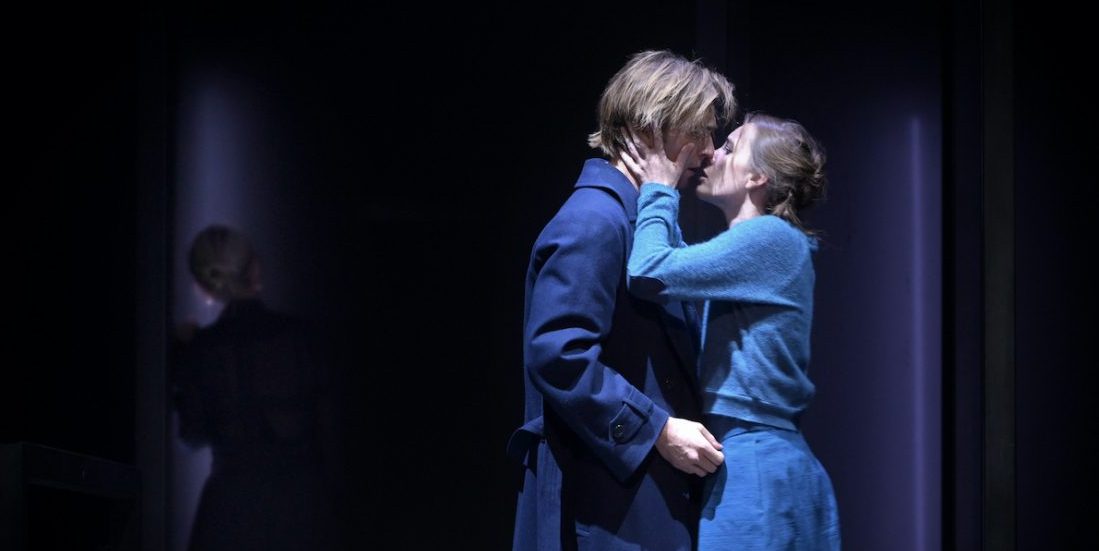The beginning of this new season at the Comédie Française offers a look at George Sand’s work – a 19th Century feminist icon widely known for her novels, a bit less for her theatre. The Comédie Française sheds light onto one of Sand’s hybrid texts, labeled as a novel but written as a play: Gabriel, a tragic portrait of an equally hybrid and gender-bending hero. Published in 1839, it tells the story of Gabriel, born female but raised a man by her relatives to ensure they can have the family inheritance.
Though this work by Sand is quite fascinating on paper and tackles themes that are extremely contemporary today such as gender identity and patriarchal influence on women, this adaptation by the Comédie Française cast and director Laurent Delvert disappoints in all its aspects.
The most disappointing of all is that the interpretation of the characters fails to be convincing throughout the play, starting with Claire de la Rüe du Can’s portrayal of Gabriel. Her acting lacks intensity and ambiguity, which is a great loss in a role that is ambiguous to the core. Du Can’s acting only struck brilliantly in the very last monologue of the play, when her character, left to himself, is about to pass.
Even the usually brilliant Yoann Gasiorowski, acting as Gabriel’s penniless and promiscuous cousin who eventually falls in love with him, fails to make his character interesting and rather portrays a grotesque caricature that is never convincing in his role. Moreover, all the secondary characters lack stage substance and fail to create any emotions in the audience.
The over-simplicity of the set and the incoherence of the costumes (halfway between the contemporary and period costume) makes all of that even worse, making the audience feel like they’re seeing a rehearsal or something that is not complete. As a result, it makes it difficult for the audience to engage in the story and to be able to project themselves in the complex games of power, identity, and physical attraction that are at stake in Sand’s Gabriel.
Though it was a great surprise to see Gabriel enter the répertoire of the prestigious Comédie Française, this adaptation was certainly disappointing compared to the usual productions of the theatre and leaves us eager to see another, a more subtle and deep adaptation of this hybrid work.

